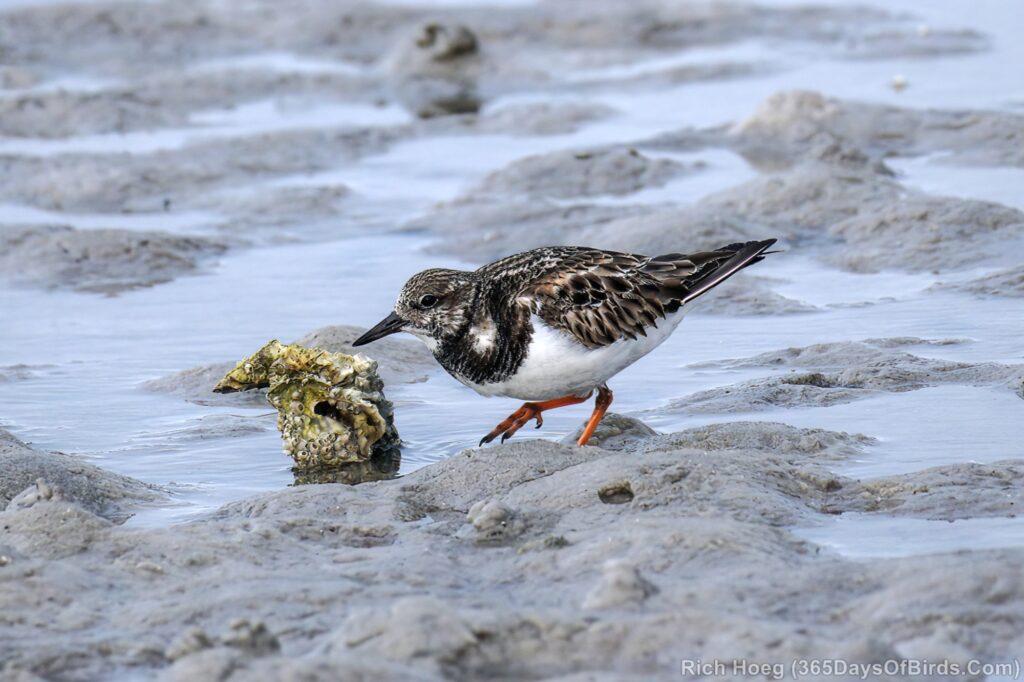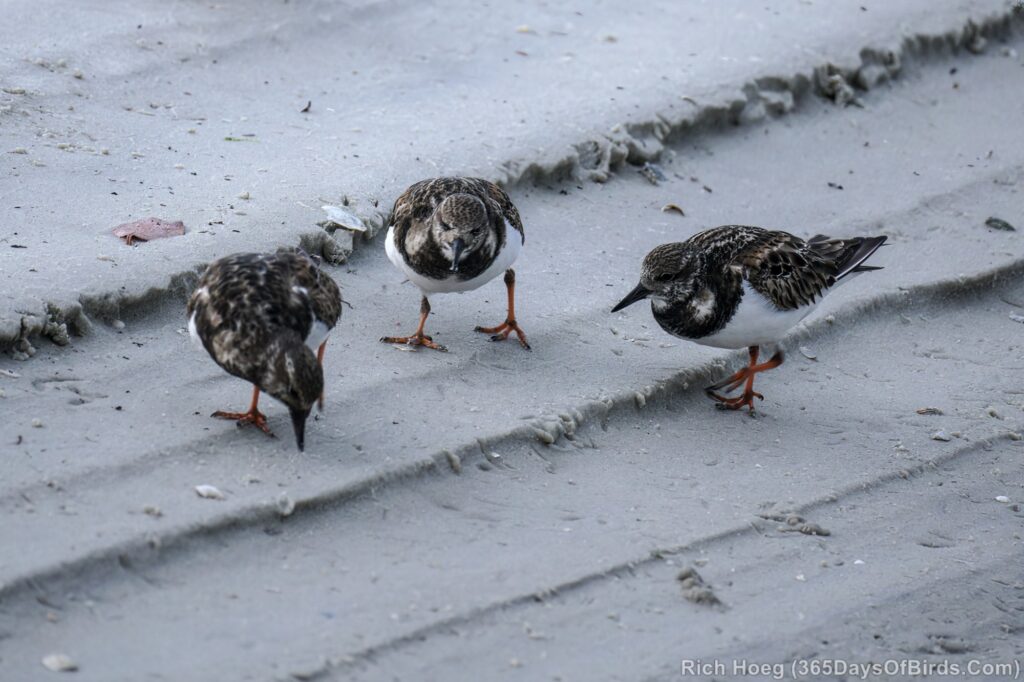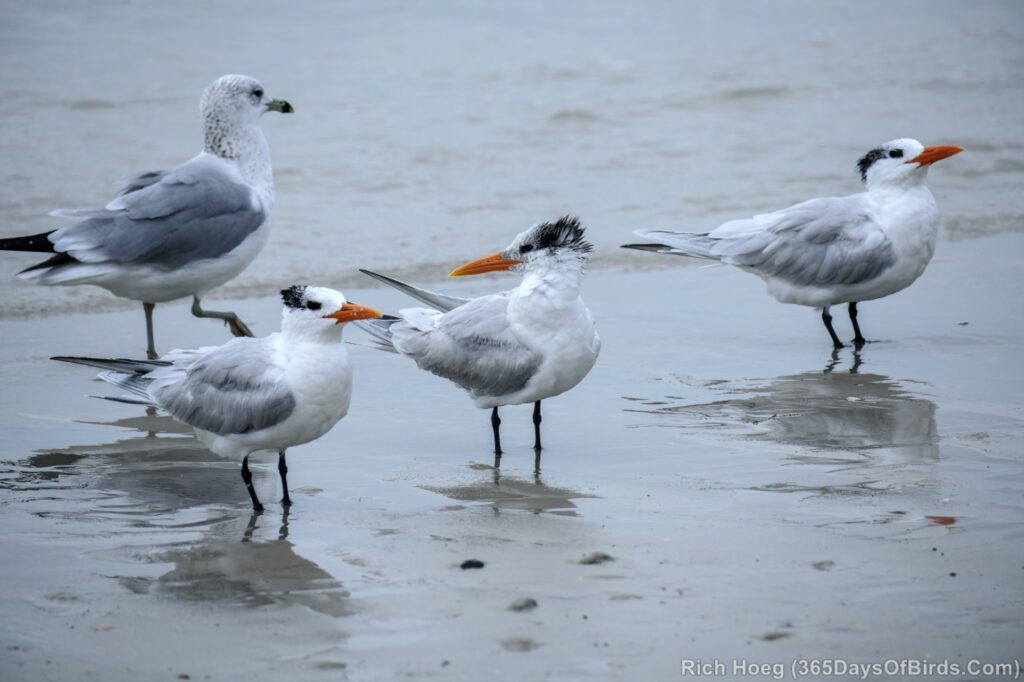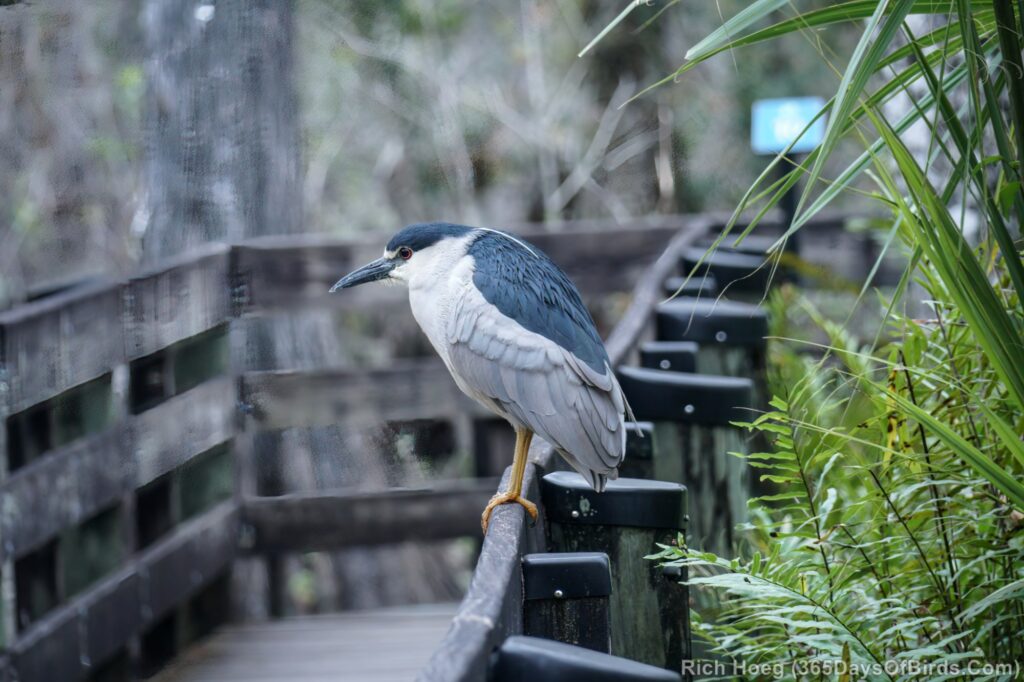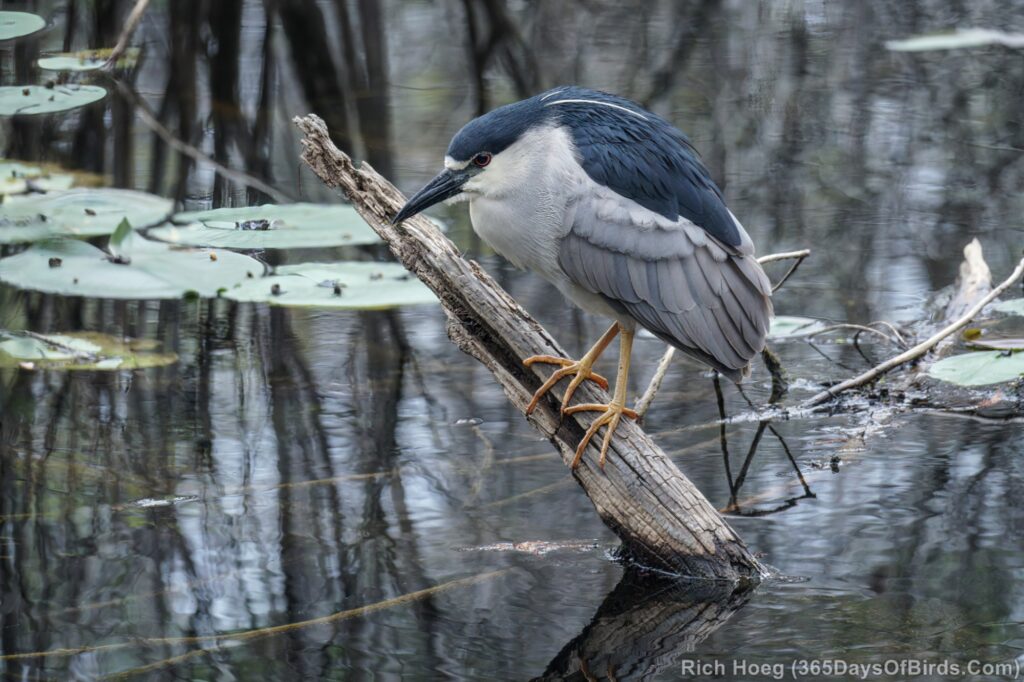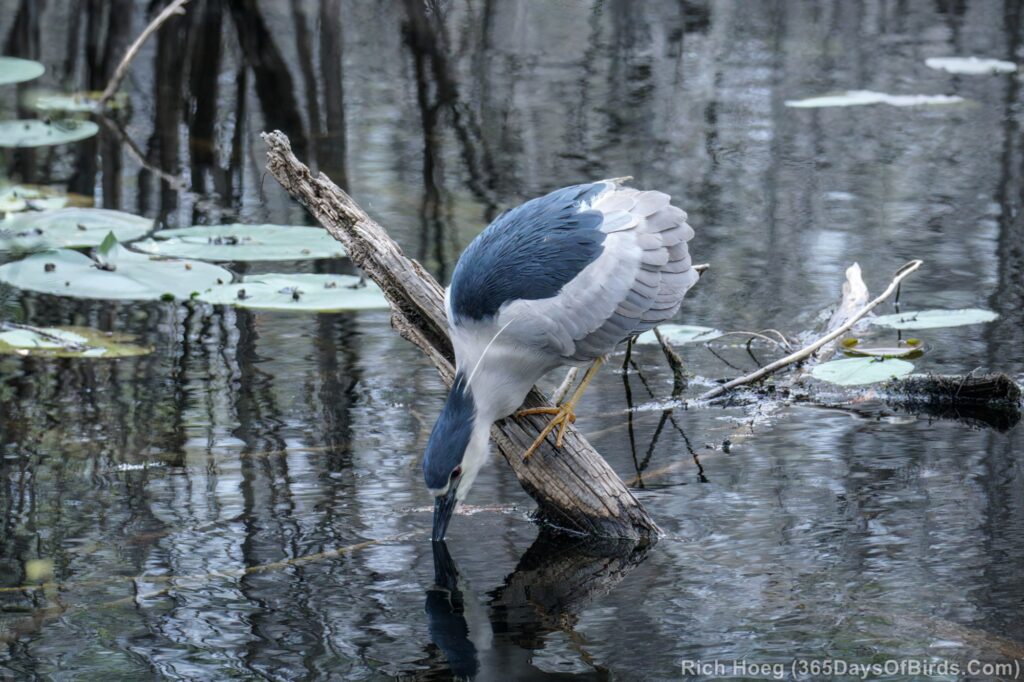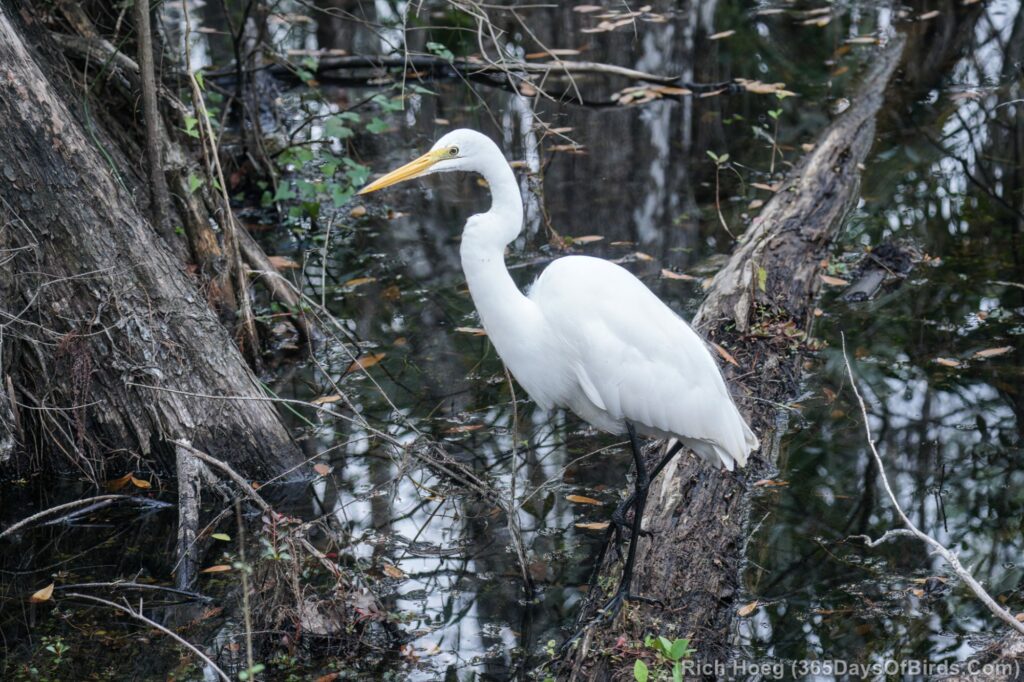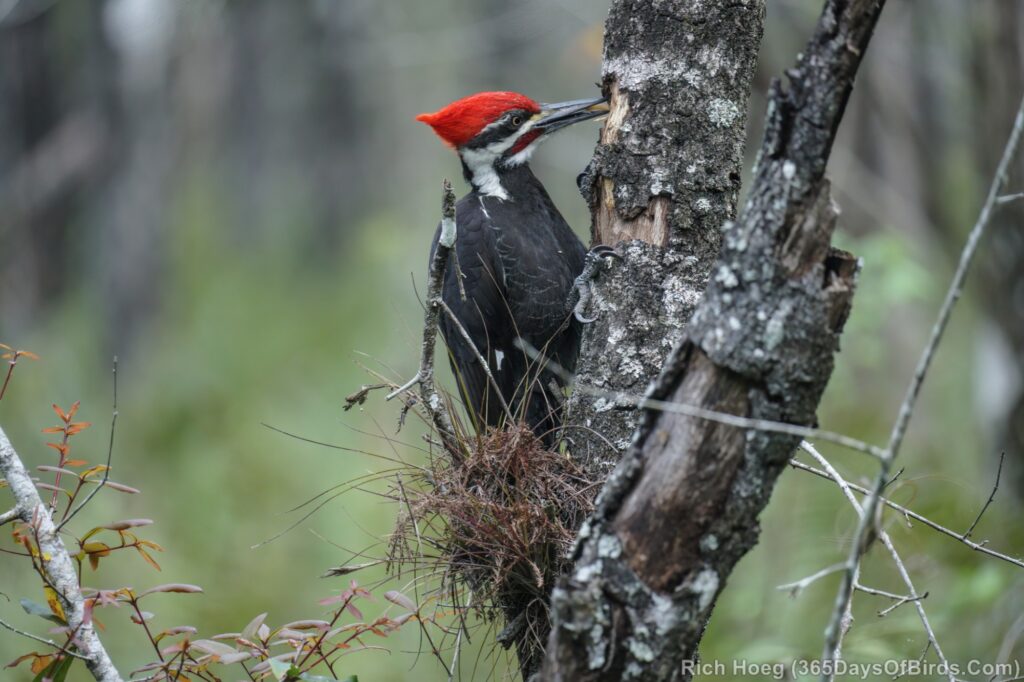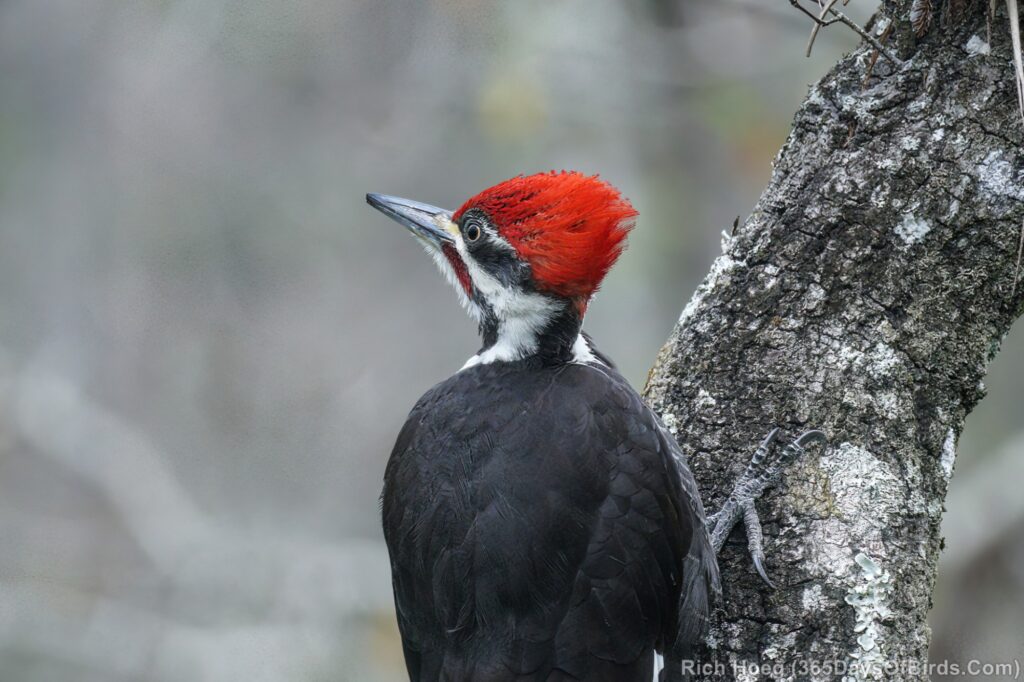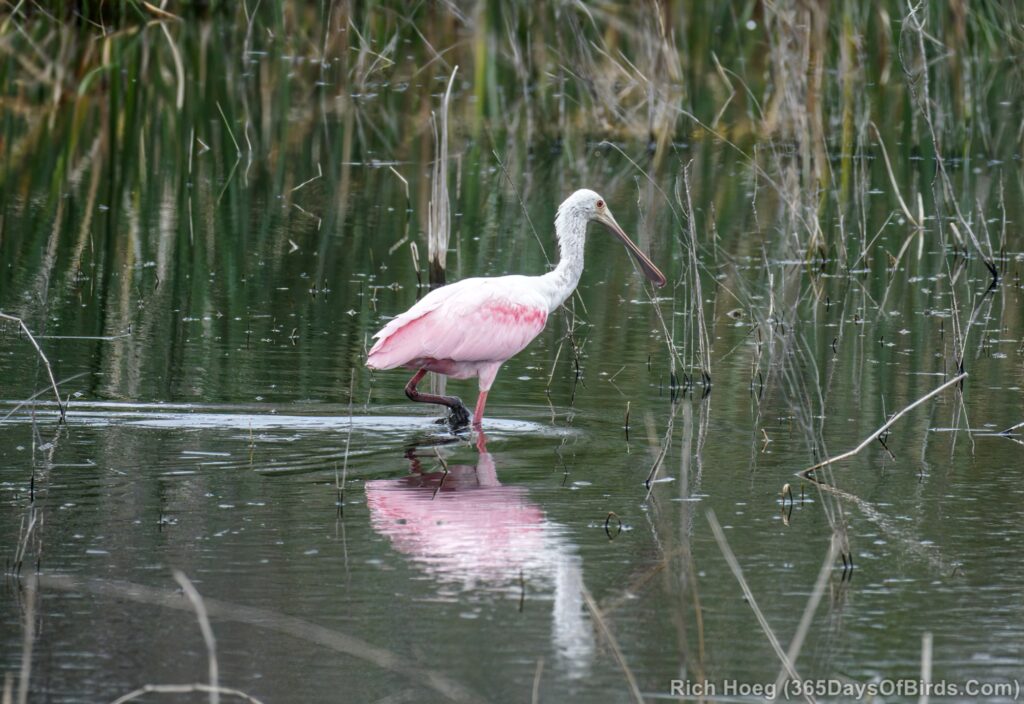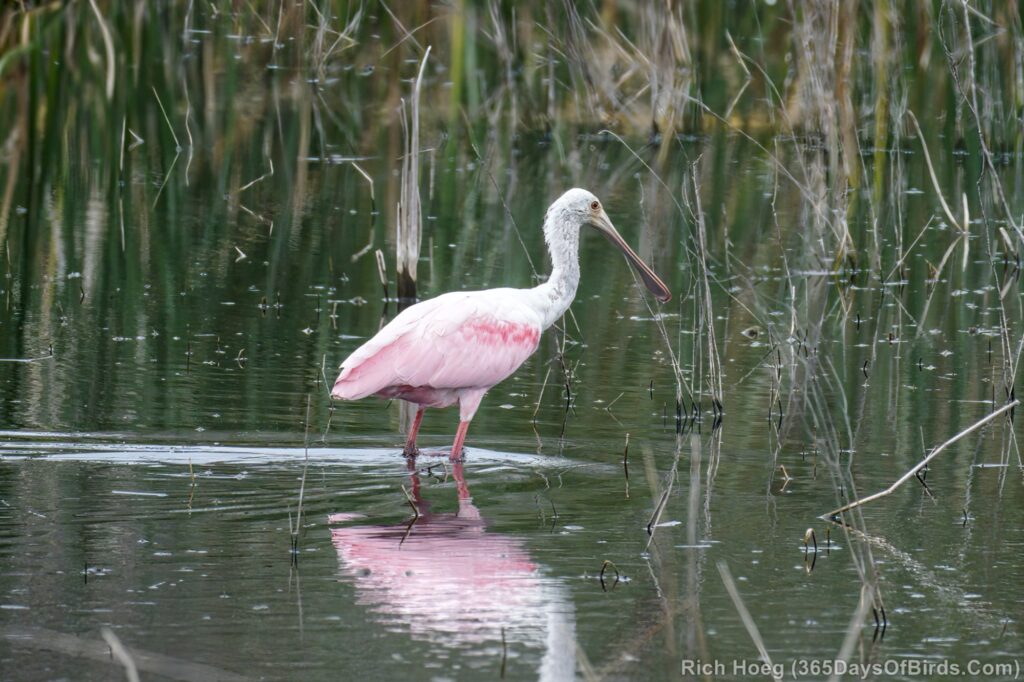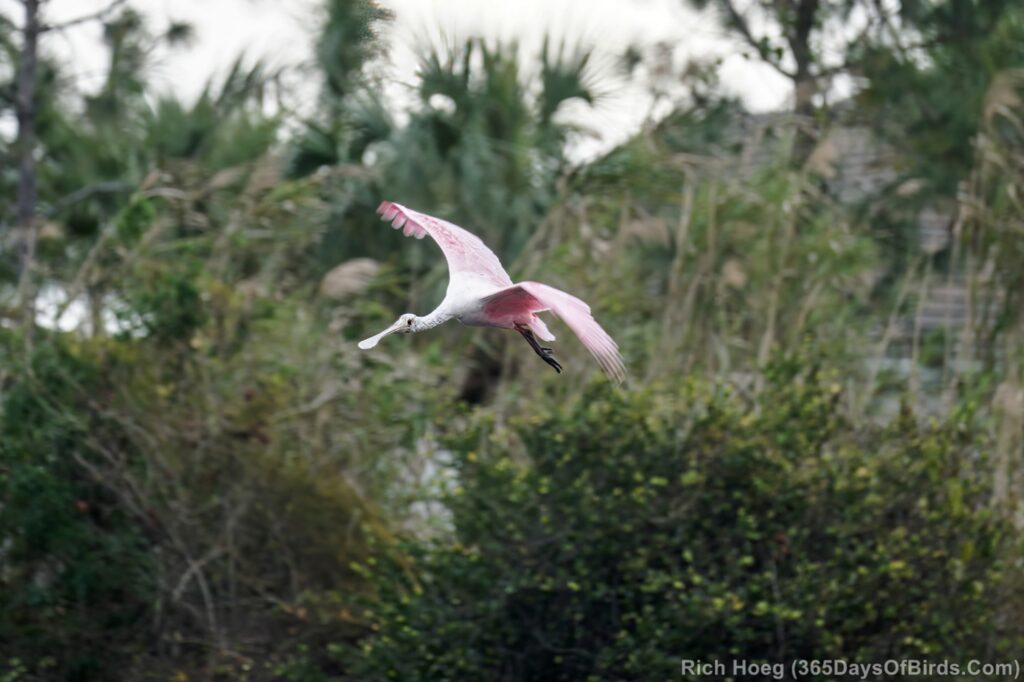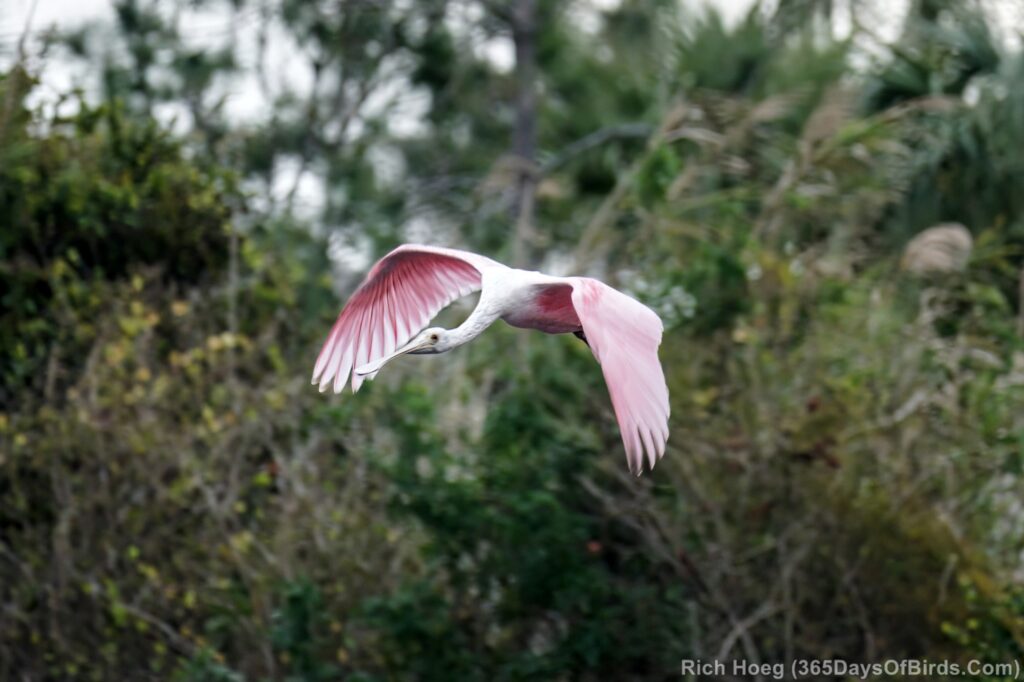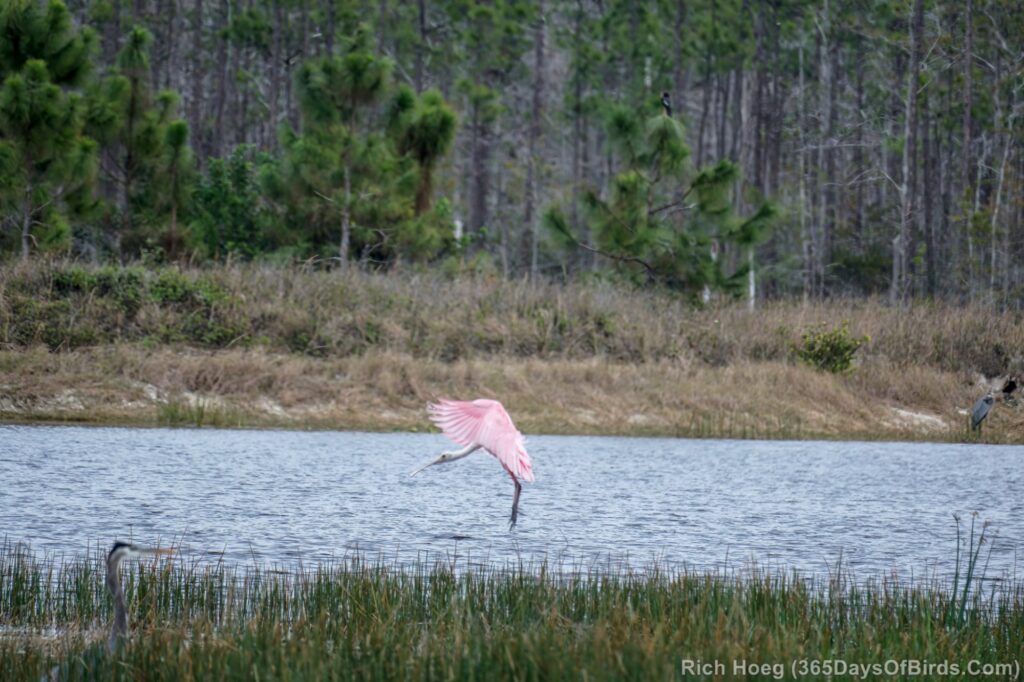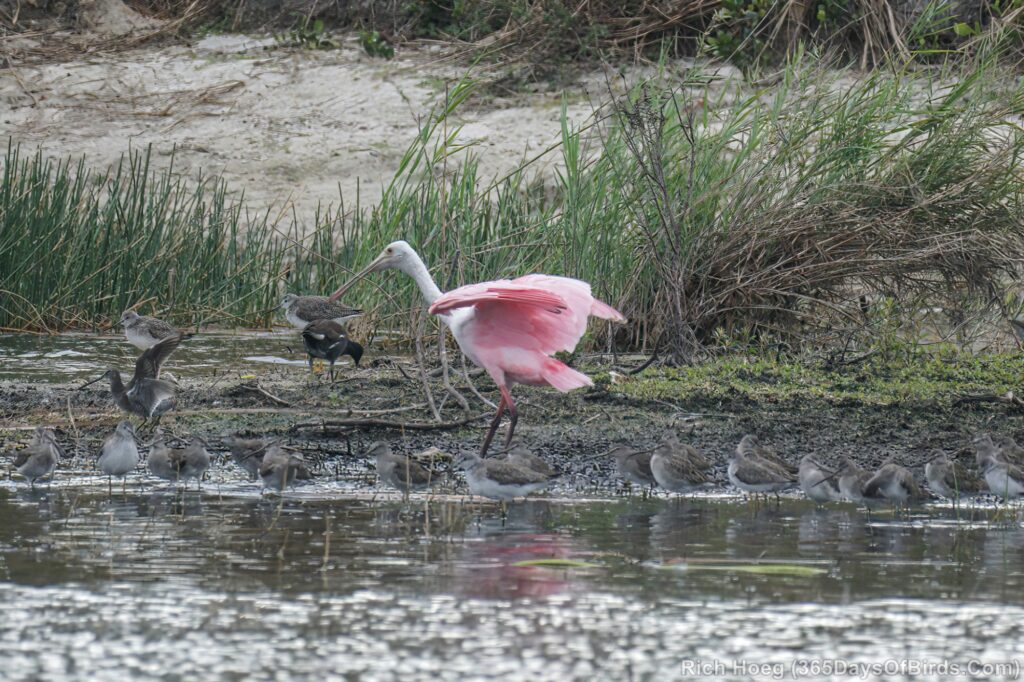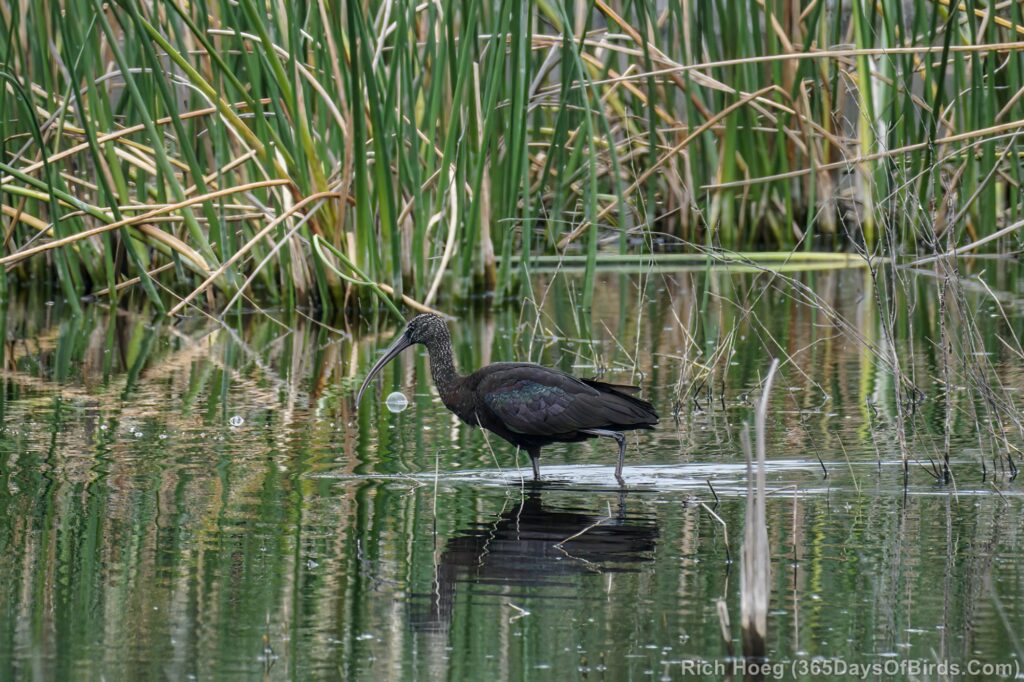Yesterday morning I had a fun time at Bunsche Beach, and unlike the more popular beaches in the Fort Myers area, I had miles of beach to myself for exploration. Better yet, I saw hundreds and hundreds, if not thousands of shorebirds, but this was in prime contrast to my first effort a few days earlier when I saw only a few birds. I needed to learn and “plan” this trip. Unlike when I watch shorebirds at sunrise as they migrate along Lake Superior’s Minnesota Point where the key is to be out early in the morning, birding the ocean requires a knowledge of tides. Simply put, if you bird at the wrong time relative to high and low tide you will see almost nary a bird, but plan your excursion to correspond when the tides have brought in food and the birds appear from their hidden roosts.
- According to Audubon, one of the best times to bird is somewhat after sunrise if there has been a recent high tide (within 1.5 to 2 hours). Learn more about birding the tides from Audubon.
- High tide yesterday morning was at 7:15 am, which was almost the same time as sunrise. I arrived at Bunsche Beach at 8:15 am.
- I learned not all tidal charts which claim to have local high and low tides are created equal. The tide charts that popped up in the first few Google search results were just plain wrong. I did not realize this until I happened to be on the J.N. Ding Darling National Wildlife Refuge website, and realized the tidal chart to which they linked had dramatically different tide times. Their “Friends” organization pointed to this tidal chart, which DID have correct data.
The other tool you will need for shorebird identification is Merlin from Cornell. Shorebirds, depending upon the time of year, have many varying plumage variations. Merlin Photo ID is a blessing (and free) for those of us who do not see Arctic shorebirds very often. Learn more about Merlin from a prior blog post.
Finally … the birds … including a very cool lifer for me, the Black Skimmer, were all over the place. I did not even realize this bird was rare for the Fort Myers area. As I was leaving the beach I walked past another birder (a local). He asked what I had seen, and I talked about the flock of Skimmers. He informed me I was lucky, and headed straight for the flock based upon my directions.
Black Skimmer (one Royal Tern & Brown Pelican)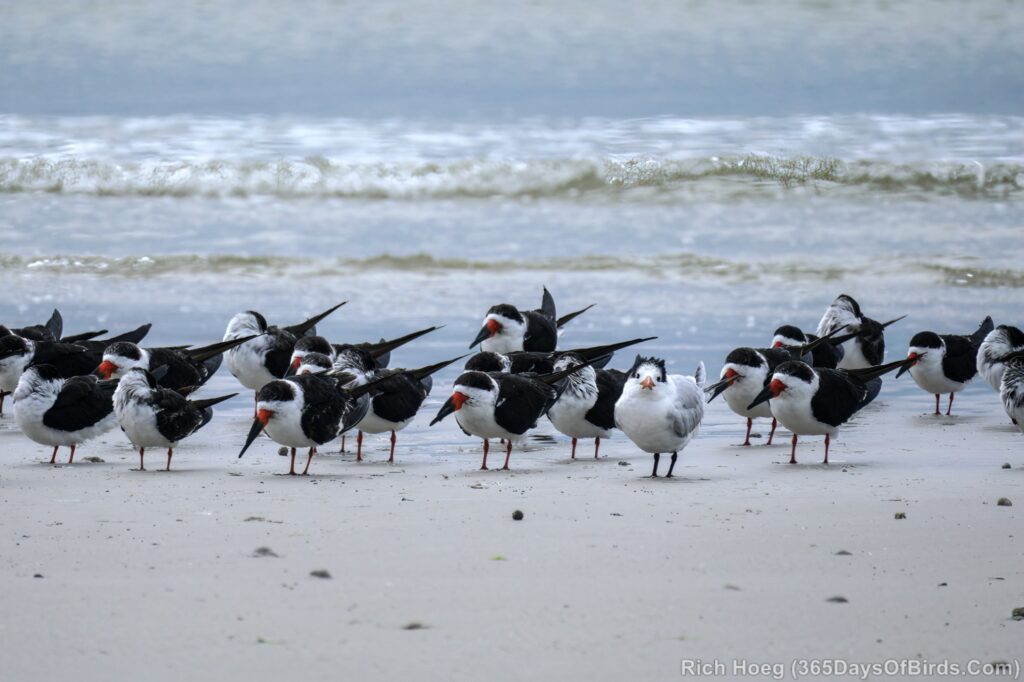
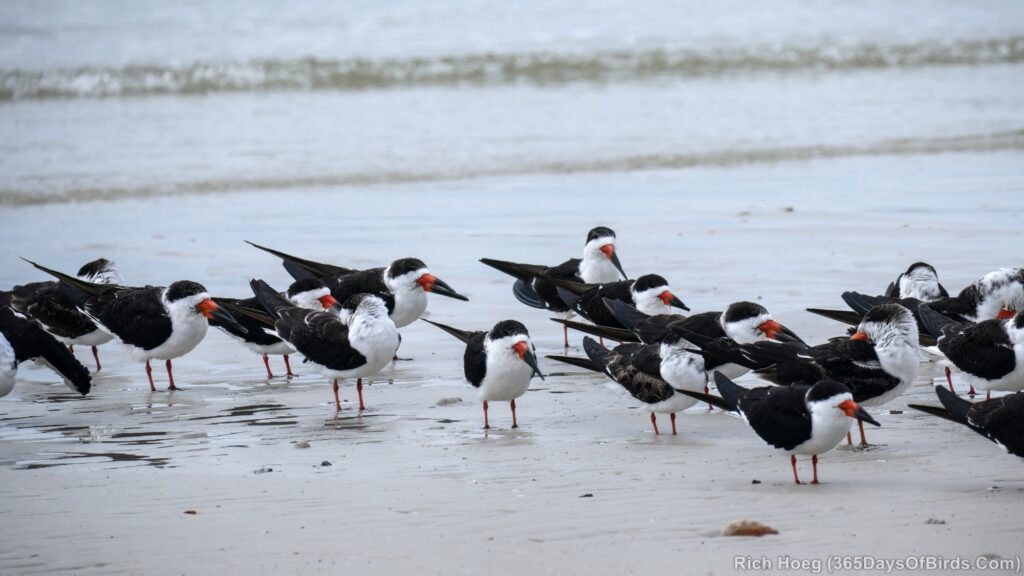
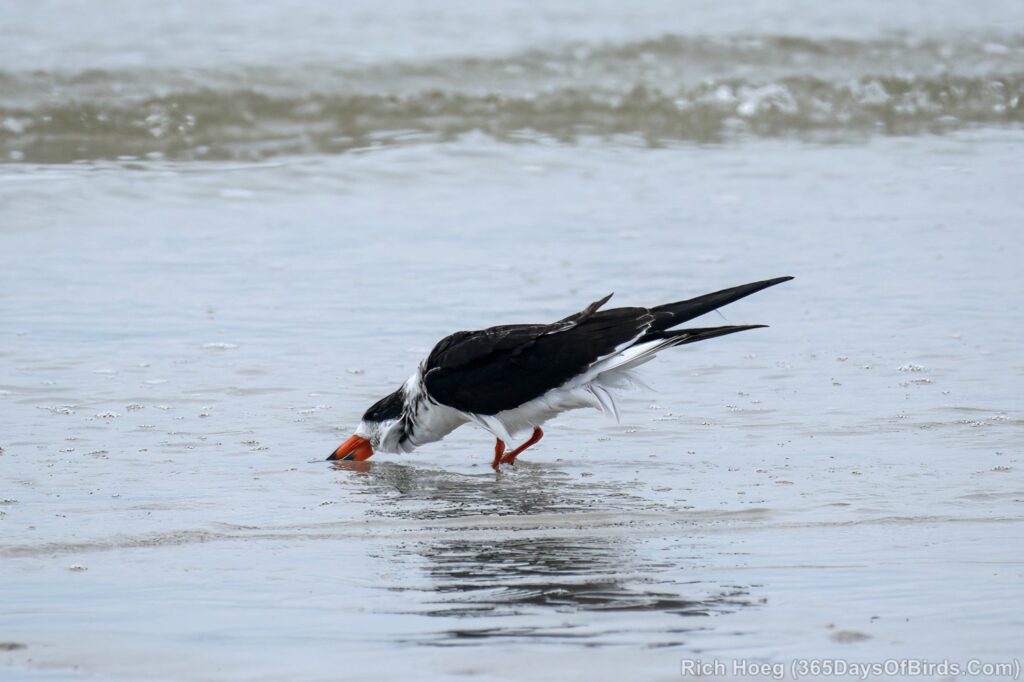
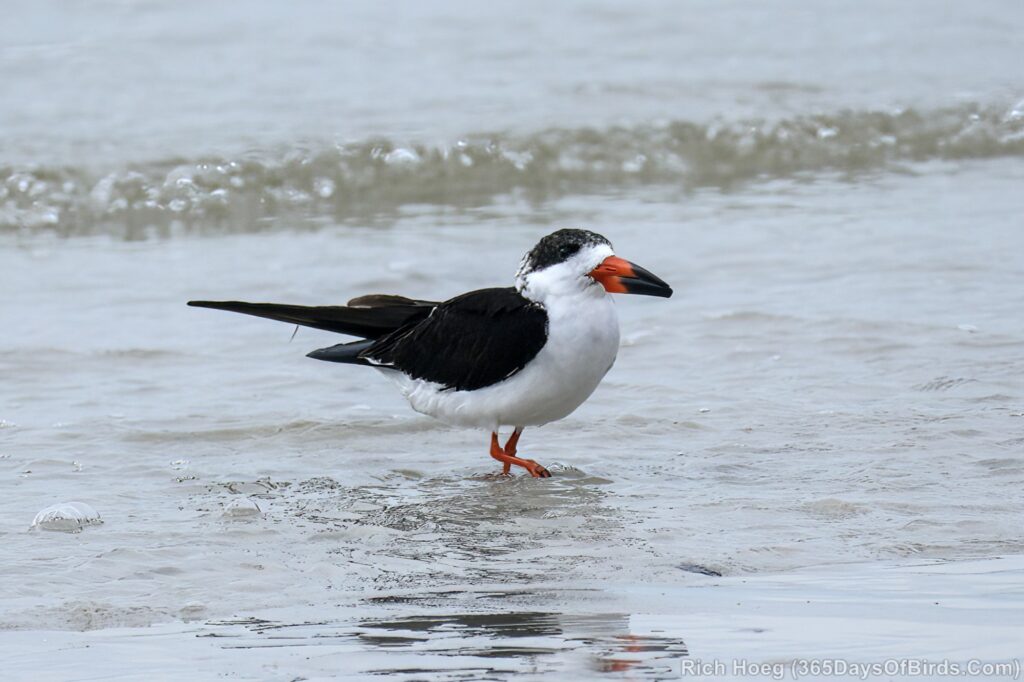
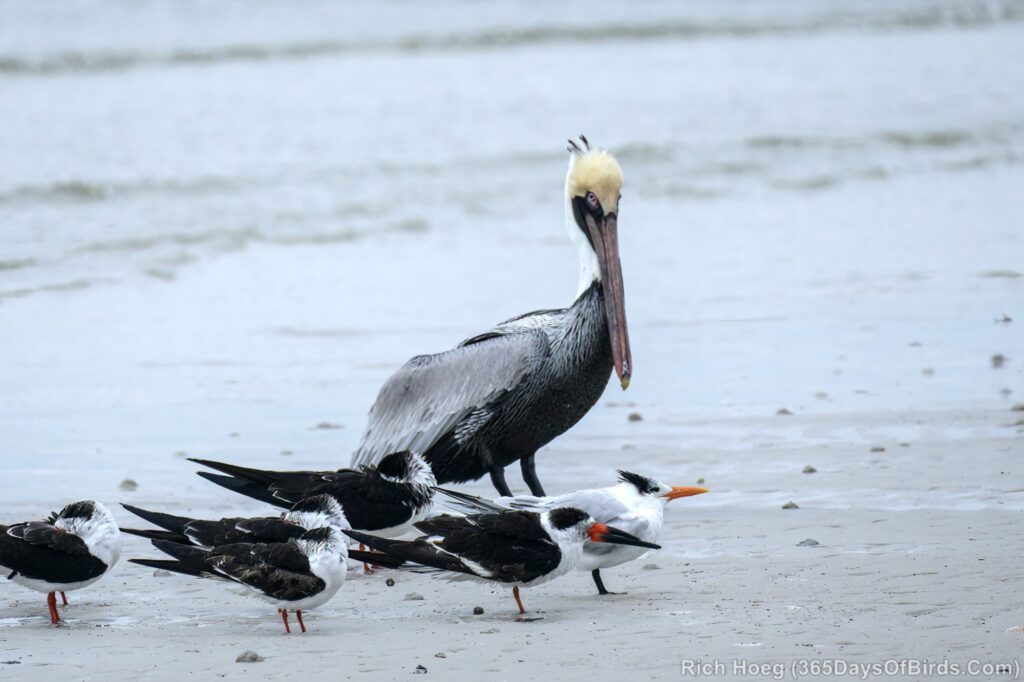
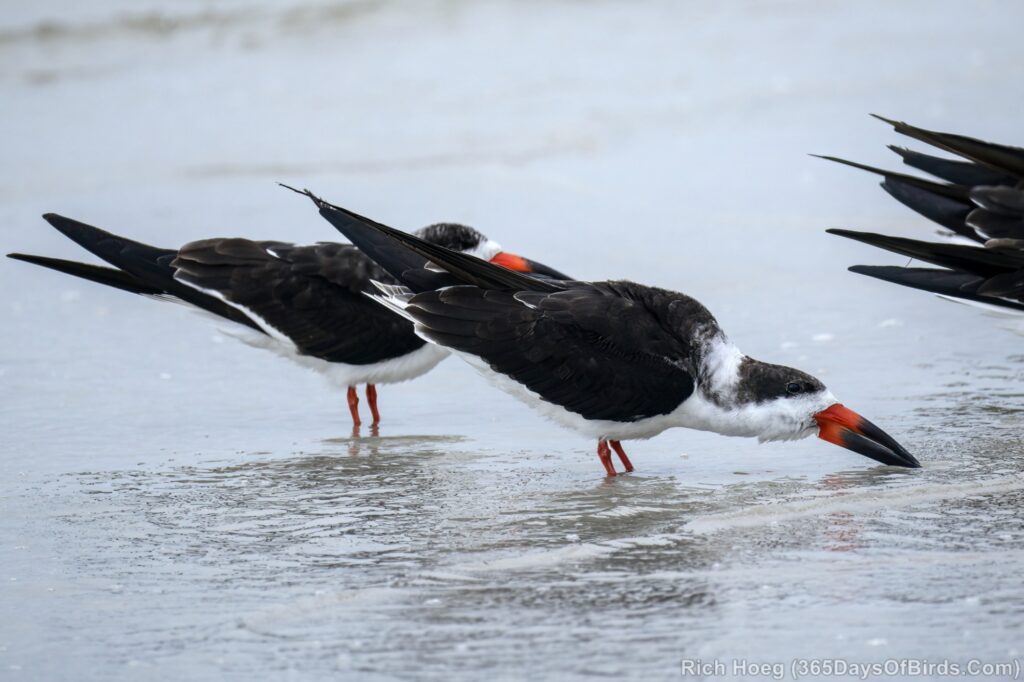
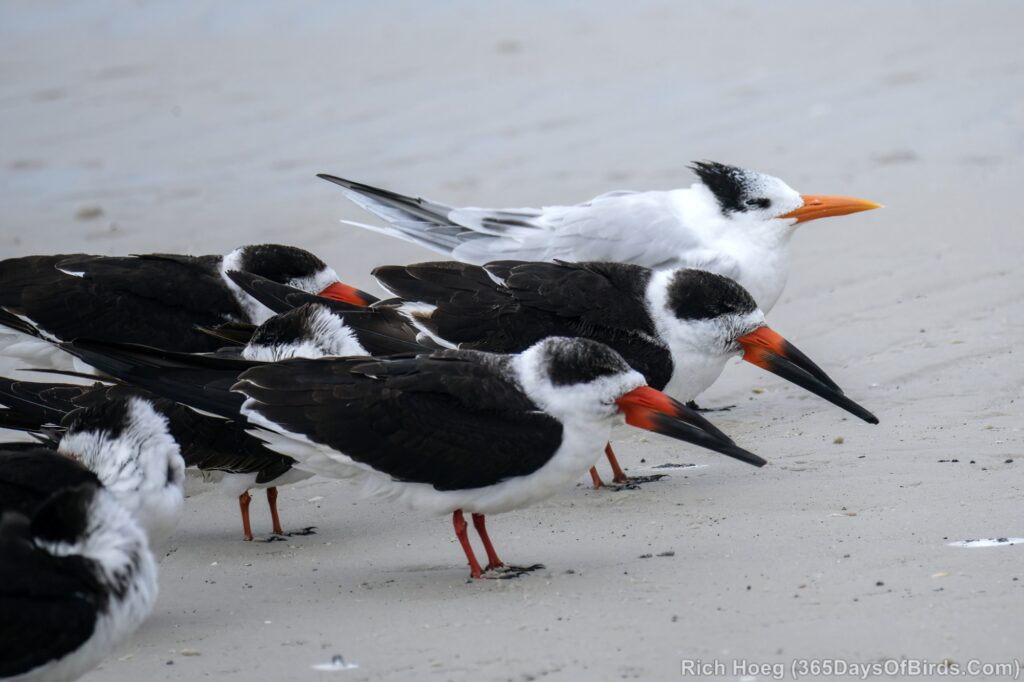
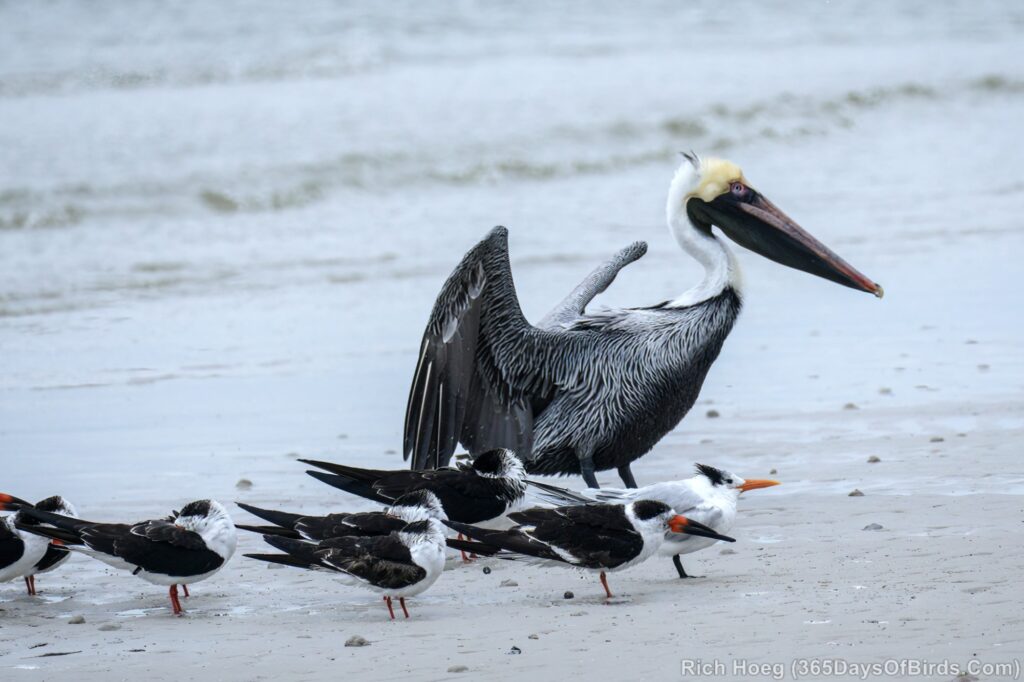

Plover Power (Piping, Semi-Palmated & Black)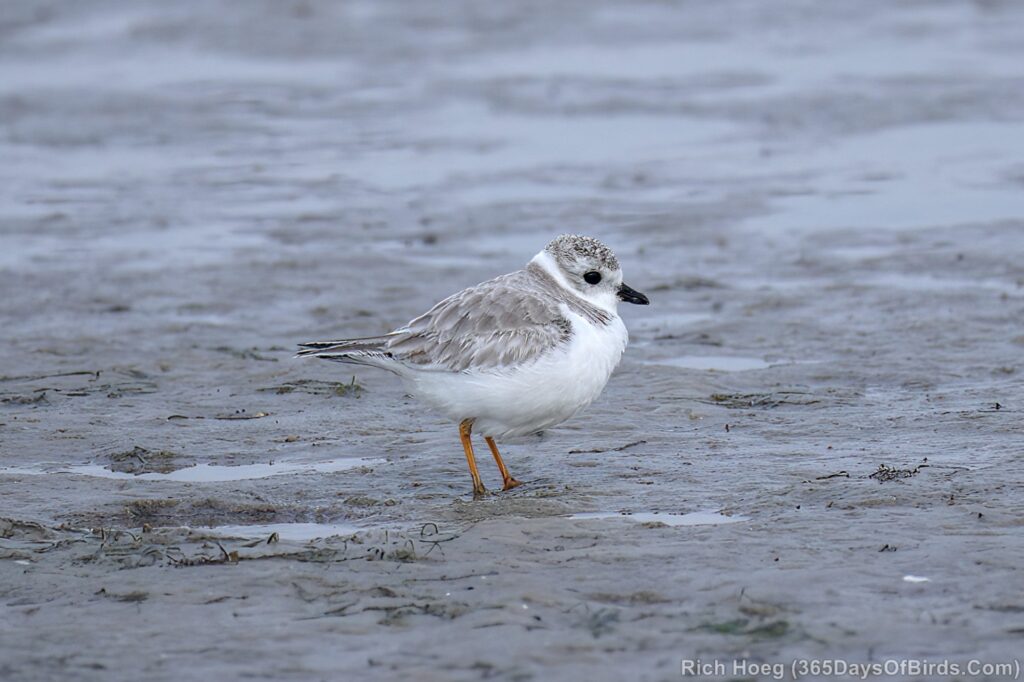
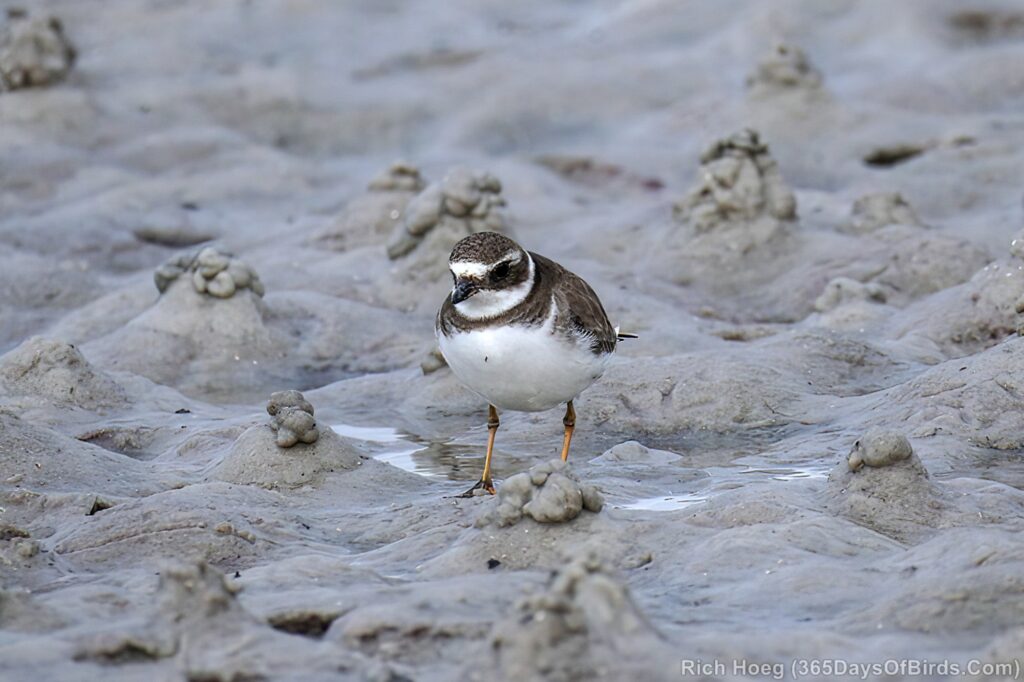
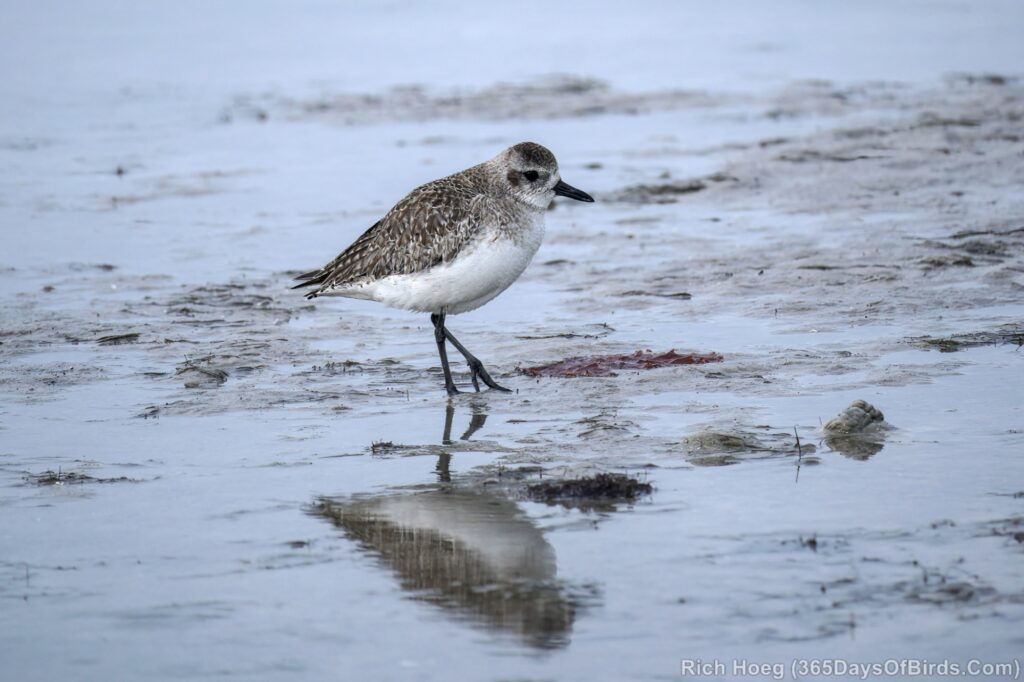
Piping Plovers are a “threatened species”. Thus I will real pleased to see not one, but many foraging on the beach.
